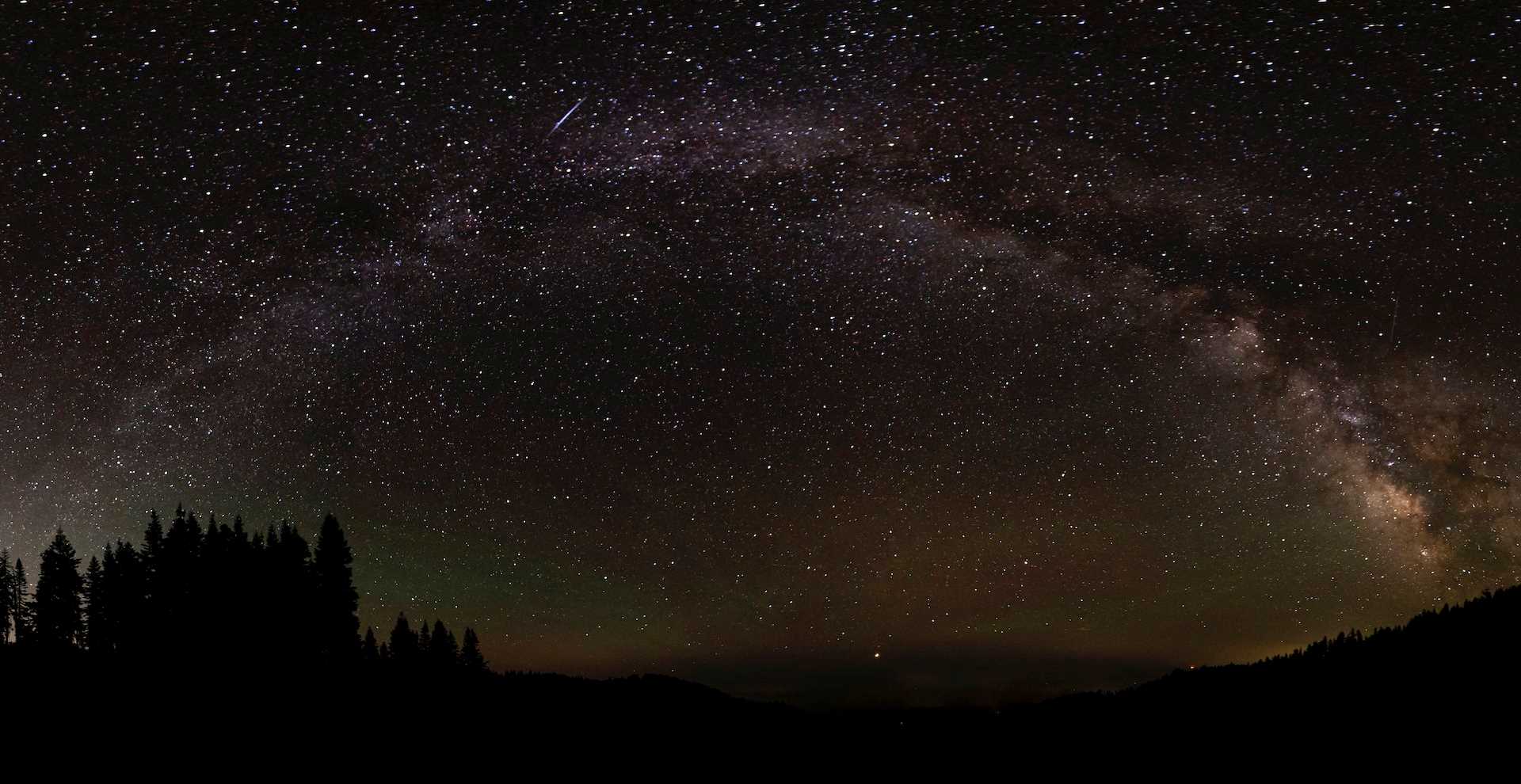The sultry nights of August are here, and with them comes a very special show of natural fireworks, the Perseid Meteor Shower! For several weeks in late summer each year, stargazers are delighted by increasing numbers of falling stars, many of them particularly beautiful and long-lasting. Experiencing this spectacular phenomenon is something you’ll remember forever. Here’s everything you need to know to see the 2021 Perseid Meteor Shower.
Get Inspired by Photos, Videos, Webinars, Stories, and Exclusive Offers.
Sign Up
When Is the Perseid Meteor Shower?
The Perseids are known as the most popular of all meteor showers, for several good reasons. They appear over a fairly long period in July and August on warm summer nights when it’s pleasant to be outside under the stars; they produce a dependably high rate of meteors at their peak; and they are known for having a large proportion of bright, colorful meteors known as fireballs. By the time the display peaks, around August 12 or 13, observers in places with dark skies should be able to see more than one meteor every minute, possibly as many as one hundred per hour! But if you miss them at their peak you can still catch a glimpse—the spectacle continues through August 24.
What Time Is the Perseid Meteor Shower?
This one may be difficult, at least for some of us! The best time of day for observing the Perseids and other meteor showers is between midnight and dawn, so it helps to be a real night owl or a serious early riser. You may want to get in an afternoon nap and stay up really late or hit the sack early and start the day well before dawn. Either way, if you’re out between 1 a.m. and 4 a.m. on the nights of August 12 and 13, 2021 you’ll have the best chance of a really wonderful experience with the Perseids.
Best Place to Watch the Perseid Meteor Shower
It’s very easy to enjoy this celestial show: no equipment needed, just a comfortable spot with a good view of the northeast sky. Ideally, you want to be in a place away from too much city light. If you live in a large city, consider planning a weekend camping trip in a spot that will have darker skies. The meteors will appear to come from a point near the well-known constellation of Cassiopeia (under the left side of the ‘W’), but any view to the northeast will be fine. Put away all your devices and turn off your headlamps and flashlights. Let your eyes adapt to the dark. Then as you wait, you’ll be rewarded with the appearance of more and more faint stars and the ability to see fainter meteors when they appear.
The Modern Science of Meteors: From Leonids to Perseid
These relatively frequent and sometimes very dramatic events in our night sky have almost certainly been observed since antiquity and records of major showers date to at least as early as the 7th Century B.C. in China. Nevertheless, the modern science of meteors did not begin until the mid-19th century. In November 1833, the Leonids produced the greatest shower in recorded history, raining down a staggering 60,000 meteors per hour in eastern North America. This incredible display inspired astronomers to investigate meteor showers more closely. And soon it was determined that meteors have an extraterrestrial origin and are not an atmospheric phenomenon like lightning, as Aristotle and other early observers had suggested.
First known simply as the November meteors, the Leonids were occasionally so numerous that it was easy to see that they appeared to originate from a point in the constellation Leo, the Lion. This point of origin became known as the radiant point and the annual November shower was named for the location of their radiant. Astronomers of the time were the first to accurately measure the speed of meteors. They also took note that there had been a previous dramatic shower of Leonids in 1799. Both of these observations provided important clues to the way that meteors moved through the solar system. By applying their growing understanding of the complex action of the gravity of the planets on other parts of the solar system, the scientists were able to define the orbits of meteors around the sun and then predict the next major display of the Leonids in 1866. The success of this prediction proved the regular nature of the showers, with an annual cycle overlain by patterns of longer duration, and this insight then led to the next major advance in our understanding of the showers.
One of the most studied and best understood of all meteor showers, the Perseids are known to originate from the debris of the comet called 109P/Swift-Tuttle. This comet, which is named for its co-discoverers, has a period of about 133 years, so it passes through the inner solar system fairly frequently, adding dust to its orbit each time. The dust trail of this comet spreads out fairly quickly, which means that the Perseids strike our atmosphere over quite a long period, from mid-July to late August each year, and that most of the particles are fairly young, generally less than one thousand years. The dust trail is quite evenly spread, so the rate of meteors is very dependable from one year to the next and the debris contains many large pieces, possibly from occasional major breakups of the comet’s nucleus, so the Perseids are famed for their wonderful fireballs.
As with other showers, the Perseids are named for their radiant point in the sky, which is in the constellation Perseus, the Hero. This radiant point is determined mostly by the direction that the Earth is traveling as it impacts the comet’s debris trail and by the position and angle of the trail itself. You can easily find Perseus by using one of the popular astronomy apps on your phone or tablet, or even better—just look up to the northeast and get ready for the show!
At Lindblad Expeditions-National Geographic, genuine exploration of all the wonders of our planet is our business. Our ships venture to many remote corners of the world and introduce our guests to some of the most incredible spectacles of nature. We’re very proud of the experiences we create on our trips, but sometimes, some of the very best exploration can be done from your own backyard or a nearby state park. That’s the really wonderful thing about observing the Perseids. As you watch the brilliant sparks of light arc across the sky, you may enjoy thinking about the science of this beautiful phenomenon, or you may simply want to drink in the beauty of a special night under the stars. Either way, taking the time to look up at this dazzling meteor shower will draw your attention deep into the night sky and connect you to the universe around us in a rare and beautiful way.





